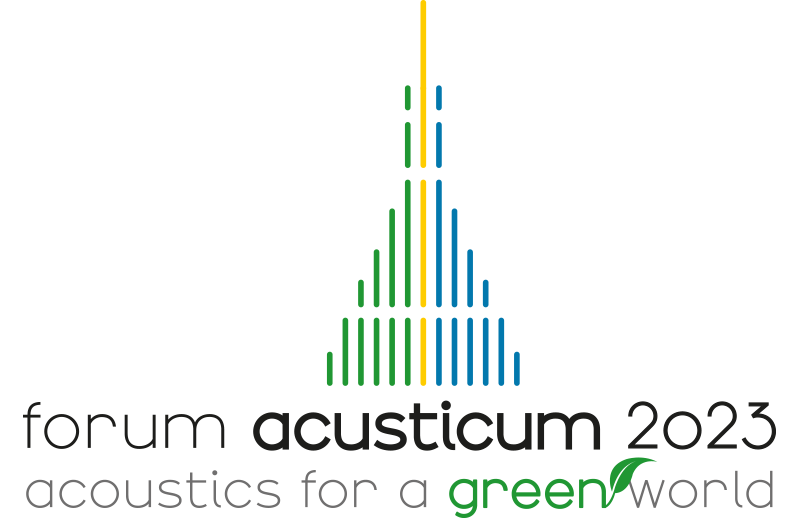

European Acoustics Association
Forum Acusticum 2023
Politecnico di Torino
Torino, Italy
September 11 - 15, 2023
 |
 |
Proceedings of the 10th Convention of the European Acoustics Association Forum Acusticum 2023 Politecnico di Torino Torino, Italy September 11 - 15, 2023 |
|
Abstract The urban acoustic environment (AE) contains valuable information on complex sub- systems of urban areas, such as traffic or biodiversity. As the availability of cheap sensors and computational power increases, so does the need for methods to process high-dimensional audio data. We take this as an opportunity to introduce complex networks (CNs) to the field of urban acoustics. CNs have proved effective in capturing the complexity of e.g. climate dynamics or brain structures, and thus, represent a promising tool for the high-dimensional urban AE. We present how CNs are constructed based on frequency correlation matrices and show their behaviour for various time periods and sound sources. To demonstrate their use on longitudinal audio data, we apply them to the dataset from the SALVE study to systematically characterize the urban AE. We use data from May 2019 to March 2020, comprising 50 recordings per day for 23 locations in Bochum, Germany (n = 319,385). Using land use-mix as a proxy for the AE, we show that CNs exhibit land use-specific diel cycles. Measures such as Link Density identify urban sites with similar AEs, indicating the usefulness of CNs to identify non-random patterns in large datasets of the urban AE. |
||||||||||||||||||||